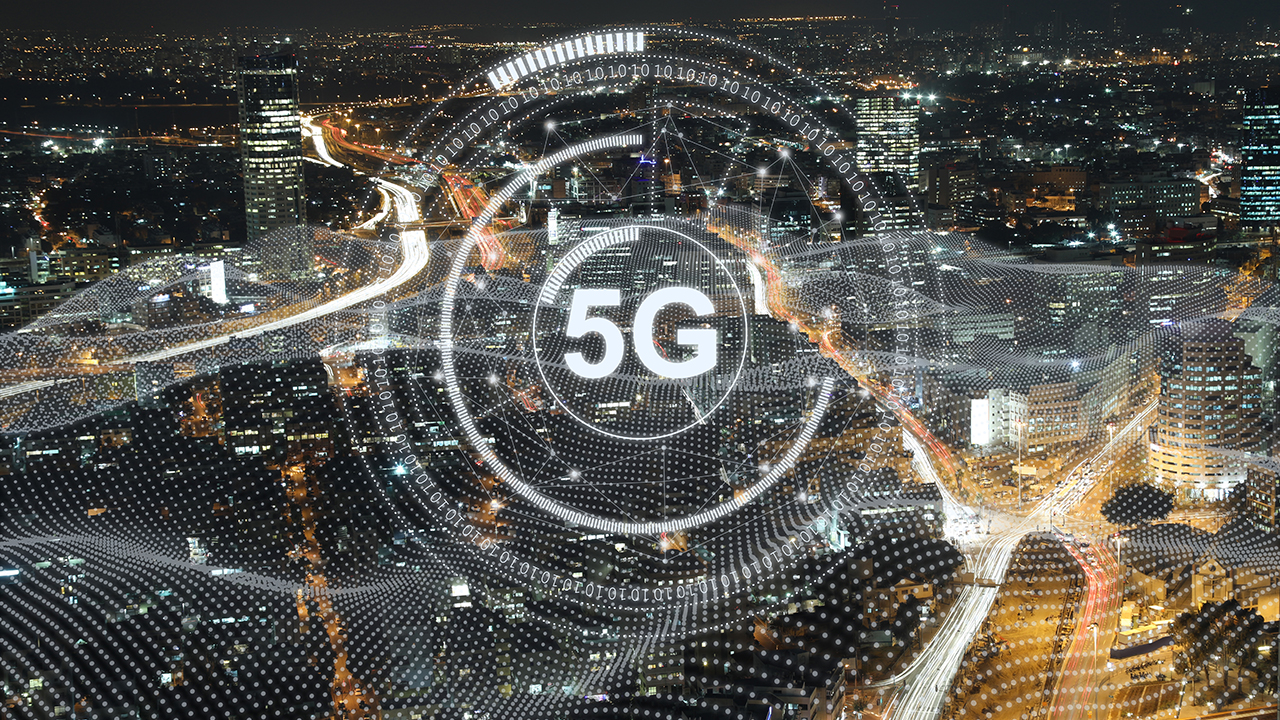CGKY News Hub
Your go-to source for the latest insights and trends.
5G: The Invisible Revolution at Your Fingertips
Uncover the secrets of 5G: the invisible revolution transforming your life! Discover its impact on tech, entertainment, and more!
Understanding 5G: How This Technology Transforms Our Daily Lives
5G technology is revolutionizing the way we connect and communicate. With its ultra-fast speeds, low latency, and the ability to support a massive number of devices, 5G enhances various aspects of our daily lives. From streaming high-definition videos without buffering to enabling smart home devices to function seamlessly, the impact of 5G is profound. For instance, sectors such as healthcare benefit dramatically, where real-time remote monitoring and telemedicine can occur smoothly, improving patient care dramatically.
Additionally, 5G is set to transform industries through the integration of the Internet of Things (IoT). This technology allows everything from cars to refrigerators to communicate with each other efficiently. As a result, smart cities are becoming increasingly plausible, enhancing traffic management and energy usage. Moreover, in the realm of augmented reality (AR) and virtual reality (VR), 5G paves the way for immersive experiences, making gaming and virtual meetings more engaging than ever before. The full potential of 5G is just beginning to be realized, promising a future where technology seamlessly integrates into our everyday experiences.

Is 5G Safe? Debunking Myths and Exploring the Real Risks
The advent of 5G technology has sparked widespread debate and concern regarding its safety. Many myths have emerged, with critics claiming potential health risks associated with increased exposure to radiofrequency radiation. However, leading health organizations, including the World Health Organization (WHO) and the Federal Communications Commission (FCC), have consistently stated that 5G is safe within established exposure limits. As such, it's essential to distinguish between scientifically backed information and misconceptions that can lead to unnecessary fear.
To truly understand the implications of 5G, we need to explore not just the technology itself but the facts surrounding it. For instance, while 5G networks utilize higher frequency bands than previous generations, they also operate within safety parameters set by international guidelines. Notably, the International Commission on Non-Ionizing Radiation Protection (ICNIRP) has conducted thorough reviews, concluding that there is no evidence of adverse health effects from 5G exposure. Consequently, debunking these myths is crucial as we embrace the potential advancements that 5G technology brings to our lives.
The Future of Connectivity: What 5G Means for Smart Cities and IoT
The advent of 5G technology marks a pivotal shift in how cities will connect and operate. As urbanization accelerates, smart cities are increasingly relying on high-speed connectivity to enhance efficiency and improve the quality of life for residents. With 5G, the capacity to support a multitude of Internet of Things (IoT) devices becomes a reality, enabling the seamless exchange of data across various platforms. This increased connectivity allows for innovative solutions such as real-time traffic management, improved public safety systems, and energy-efficient infrastructures that respond dynamically to the needs of the city.
Furthermore, the implications of 5G for smart cities extend beyond just enhanced connectivity. By reducing latency significantly, 5G empowers instantaneous communication among IoT devices, fostering an environment where autonomous vehicles can navigate safely, and smart home technologies can integrate effortlessly with city infrastructures. As we explore this interconnected future, the synergy between 5G technology and IoT solutions will ultimately pave the way for more sustainable, efficient, and responsive urban spaces, enhancing both the economy and daily life for citizens everywhere.